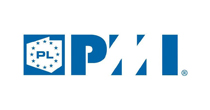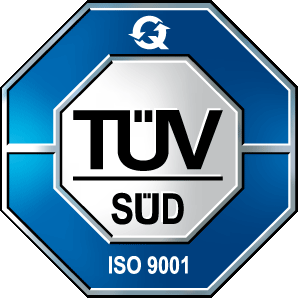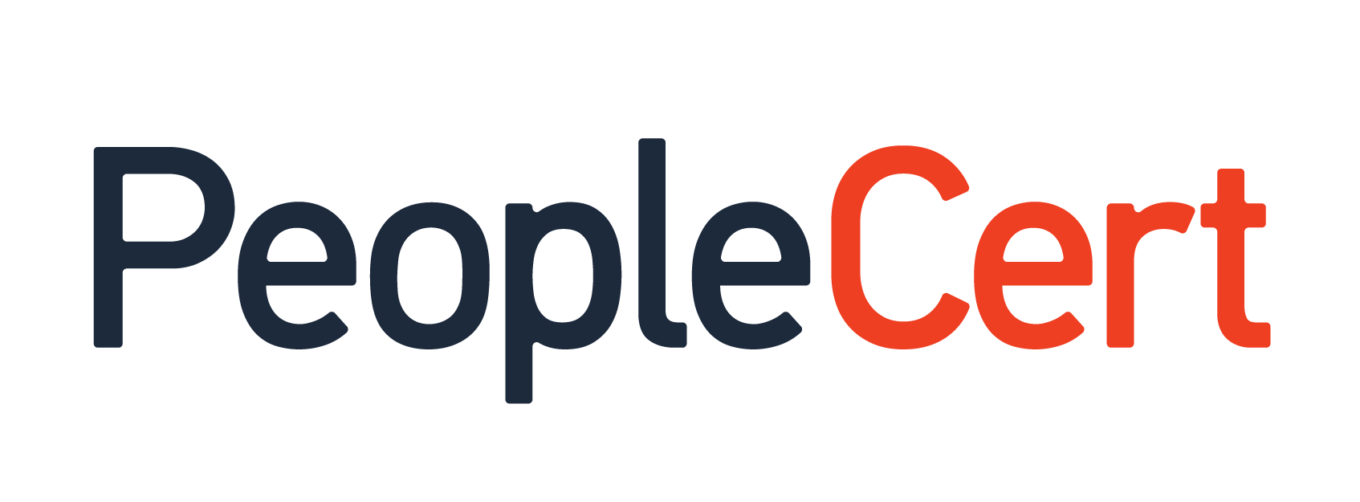Are you thinking about Project Management Professional® PMP® or Certified Associate in Project Management® CAPM®, but you need support with English? Starting this year, you can take both exams in Polish. The Polish branch of the Project Management Institiute® PMI®, together with a group of experts, developed Polish translations, and their inauguration took place:
• January 11, 2016 PMP® exam
• February 15, 2016 CAPM® exam
How does it look in practice? When registering for the exam, you will be asked in the form whether you need language aid, translation, select "Yes" and select Polish from the list. This means that each question on the exam will be displayed in the original English version and translated in Polish at the same time. The screen with the question is divided in half by a line and the supporting translation of both the question and each of the four possible answers is located in the upper half of the screen, while the English version is in the lower half. We mark the answer in the original, English version.
I took my CAPM® certificate in English and also studied for it in English. I managed to try out PMP® in the bilingual version and I also prepared for it while studying in a similar way A Guide to the Project Management Body of Knowledge, (PMBOK® Guide) in the English version and by taking part in the PMP® pmexperts Academy in Polish. After several years of learning in English, studying and working abroad, I feel comfortable using the language, so during the exam I mainly read the original version of the questions. However, I admit that sometimes translation came to my rescue with individual words, general understanding, or making sure I understood the sentence correctly. Overall, I felt more at ease knowing that if I didn't understand something, I could always look at the translation.
There is one small drawback. Unfortunately, the computer screen, at least in the examination center in Krakow, cannot accommodate two questions at once. For longer questions, you need to scroll the screen to read the possible answers listed under the question. This is not very problematic, but it takes time, which is very valuable considering only four hours we have for 200 questions when taking the PMP®. Moreover, I sometimes found myself starting to read a question in Polish, then thinking about it and starting reading the English version again. It is therefore good to include a small time buffer and monitor the time continuously during the exam. After going through all the questions, I had 4 minutes left to complete 4 hours.
As for the content, I admit that it is translated well and it is certainly possible to complete the entire exam in your native language. However, for me after years of learning and working with PMBOK® Guide in English, translation was sometimes difficult and incomprehensible. This is a challenge for which you also need to be prepared:
• learning in Polish,
• acquiring at least the basics of English vocabulary,
• and using the resources of your imagination, often.
I am convinced that PMI® improves translations on an ongoing basis, so if you feel not entirely confident in English, the Polish version is not easy, but I think it is really worth taking up the challenge. PMP® is a great reward.










